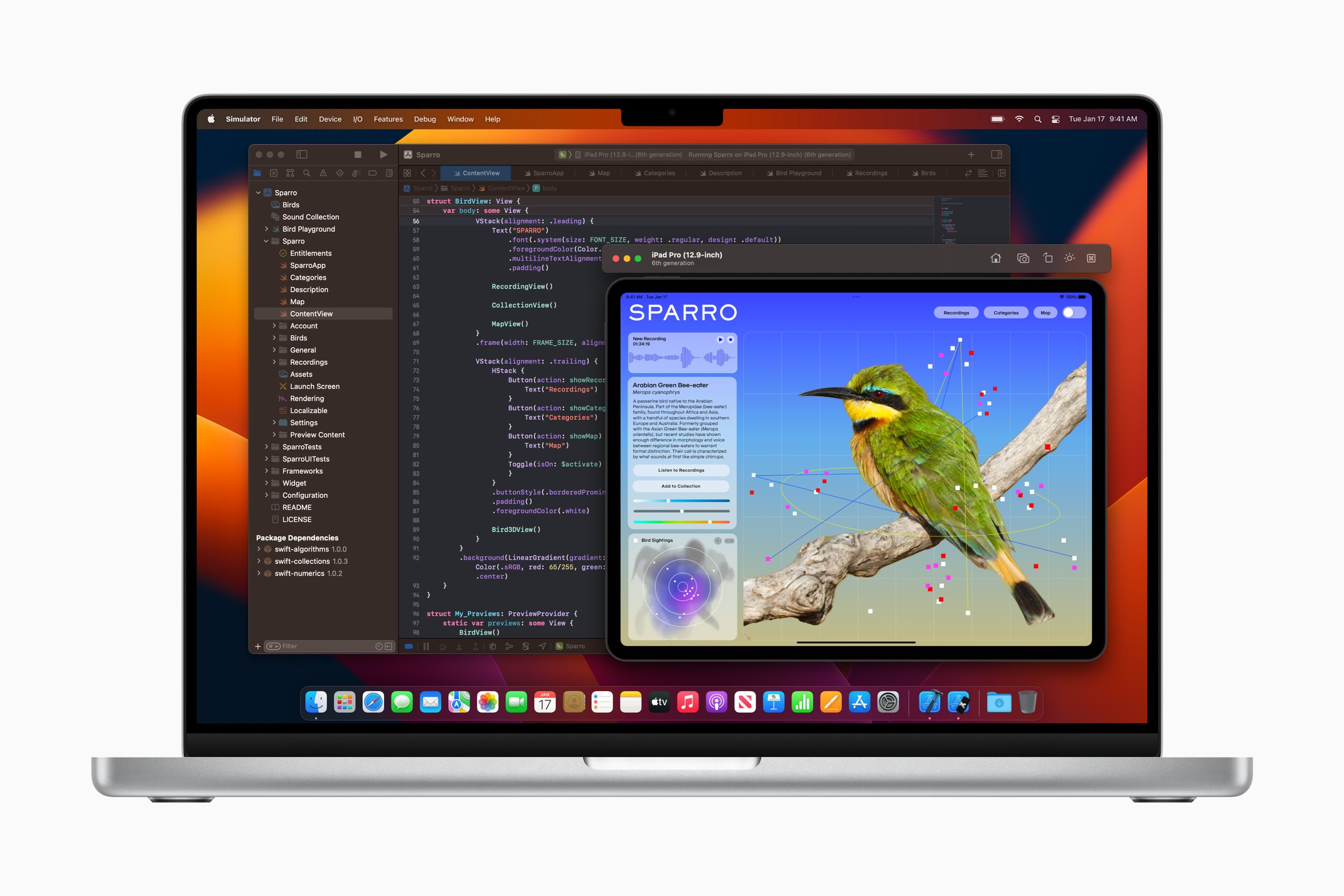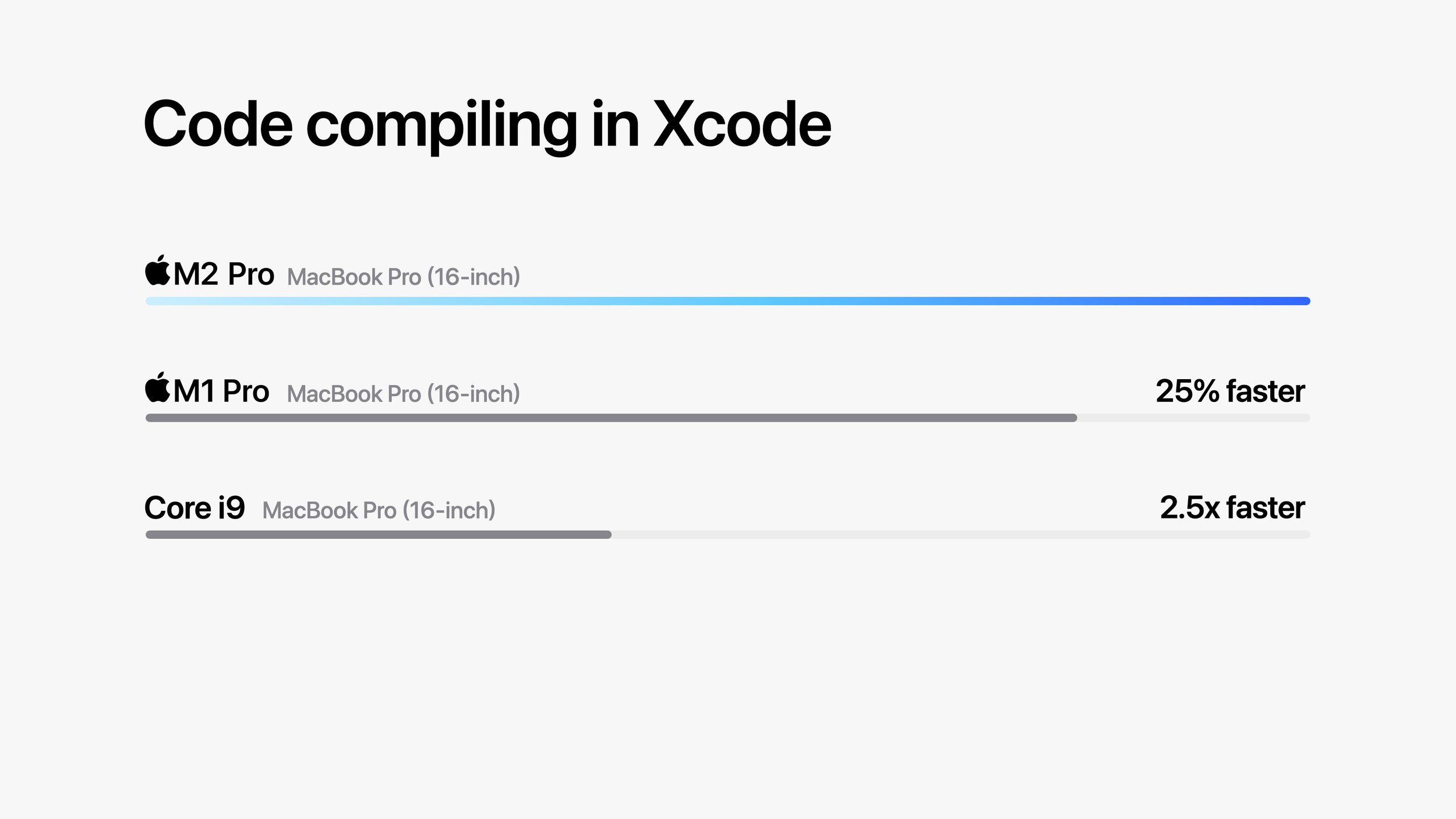Apple unleashed M2 Pro and M2 Max chips for MacBook Pro and Mac mini
By Shawn Chung - Singapore
It took Apple 43 years from the launch of its first consumer PC, the Apple II, to unleash its own bespoke PC microprocessor, the M1, but just 20 months to follow-up with the M2. Now, just six months from the M2’s unveiling, Apple has unveiled with the powerful, and efficient, M2 Pro and M2 Max SoCs (System on a Chip), which power the latest MacBook Pro and Mac Mini.
The M2 Pro scales up the architecture of M2 to deliver an up to 12-core CPU and up to 19-core GPU, together with up to 32GB of fast unified memory while M2 Max builds on the capabilities of M2 Pro, including an up to 38-core GPU, double the unified memory bandwidth, and up to 96GB of unified memory! Both chips also feature enhanced custom technologies, including a faster 16-core Neural Engine, capable of 15.8 trillion operations per second, and up to 40 percent faster than the previous generation.
M2 Pro has a powerful and efficient media engine, including hardware-accelerated H.264, HEVC, and ProRes video encode and decode, allowing playback of multiple streams of 4K and 8K ProRes video while using very little power. M2 Max features two video encode engines and two ProRes engines, bringing up to 2x faster video encoding than M2 Pro.
M2 Pro brings pro performance to Mac mini for the first time, while M2 Pro and M2 Max take the game-changing performance and capabilities of the 14-inch and 16-inch MacBook Pro even further.
MacBook Pro
The new 14- and 16-inch MacBook Pro featuring M2 Pro and M2 Max, Apple’s next-generation pro silicon that brings even more power-efficient performance and battery life to pro users.
With M2 Pro and M2 Max — the world’s most powerful and efficient chip for a pro laptop — MacBook Pro tackles demanding tasks, like effects rendering, which is up to 6x faster than the fastest Intel-based MacBook Pro, and color grading, which is up to 2x faster. Building on the unprecedented power efficiency of Apple silicon, battery life on MacBook Pro is now up to 22 hours — the longest battery life ever in a Mac.
For enhanced connectivity, the new MacBook Pro supports Wi-Fi 6E, which is up to twice as fast as the previous generation, as well as advanced HDMI, which supports 8K displays for the first time. With up to 96GB of unified memory in the M2 Max model, creators can work on scenes so large that PC laptops can’t even run them.4 Rounding out the unrivaled features of MacBook Pro are its renowned Liquid Retina XDR display, extensive array of connectivity, 1080p FaceTime HD camera, six-speaker sound system, and studio-quality mics. When combined with macOS Ventura, the MacBook Pro user experience is unrivaled.
MacBook Pro with M2 Pro features a 10- or 12-core CPU with up to eight high-performance and four high-efficiency cores for up to 20 percent greater performance over M1 Pro. With 200GB/s of unified memory bandwidth — double the amount in M2 — and up to 32GB of unified memory. A next-generation GPU with up to 19 cores delivers up to 30 percent more graphics performance, and the Neural Engine is 40 percent faster, speeding up machine learning tasks like video analysis and image processing. The powerful media engine in M2 Pro also tears through the most popular video codecs, dramatically accelerating video playback and encoding while using very little power.
M2 Pro on MacBook Pro:
Rendering titles and animations in Motion is up to 80 percent faster than the fastest Intel-based MacBook Pro and up to 20 percent faster than the previous generation.
Compiling in Xcode is up to 2.5x faster than the fastest Intel-based MacBook Pro and nearly 25 percent faster than the previous generation.
Image processing in Adobe Photoshop is up to 80 percent faster than the fastest Intel-based MacBook Pro and up to 40 percent faster than the previous generation.



MacBook Pro with M2 Max pushes workflows to the extreme with a much larger GPU featuring up to 38 cores and delivering up to 30 percent greater graphics performance over M1 Max, and also includes 400GB/s of unified memory bandwidth — twice that of M2 Pro. With up to 96GB of unified memory, MacBook Pro once again pushes the limits of graphics memory in a laptop to enable intensive graphics workloads, such as creating scenes with extreme 3D geometry and textures, or merging massive photographic panoramas. M2 Max has a next-gen 12-core CPU with up to eight high-performance and four high-efficiency cores that delivers up to 20 percent greater performance over M1 Max, and a more powerful media engine than M2 Pro, with twice the ProRes acceleration to dramatically speed up media playback and transcoding.
M2 Max on MacBook Pro:
Effects rendering in Cinema 4D is up to 6x faster than the fastest Intel-based MacBook Pro and up to 30 percent faster than the previous generation.
Color grading in DaVinci Resolve is up to 2x faster than the fastest Intel-based MacBook Pro and up to 30 percent faster than the previous generation.


Pricing and Availability
The new MacBook Pro models with M2 Pro and M2 Max are available to order on apple.com/store and in the Apple Store app in 27 countries and regions, including the US. They will begin arriving to customers and will be in Apple Store locations and Apple Authorized Resellers starting Tuesday, January 24.
MacBook Pro with M2 Pro and M2 Max will be available in Australia, China, Hong Kong, Japan, Macau, New Zealand, and Singapore beginning Friday, February 3.
The new 14-inch MacBook Pro with M2 Pro starts at US$1,999 (SG$2,899), and US$1,849 (SG$2,679) for education; and the 16-inch MacBook Pro with M2 Pro starts at US$2,499 (SG$3,599), and US$2,299 (SG$3,309) for education.
Additional technical specifications, configure-to-order options, and accessories are available at apple.com/mac.




